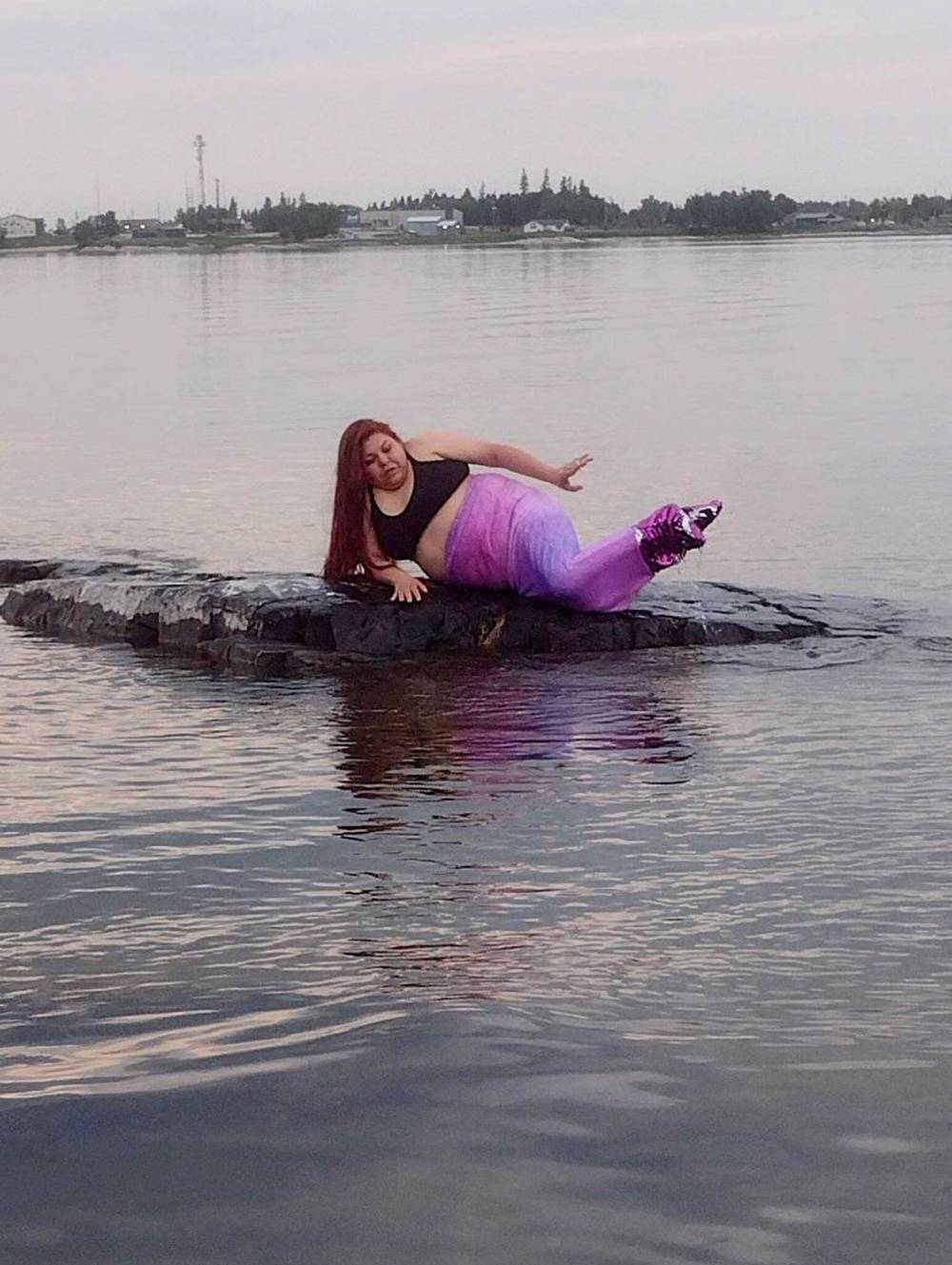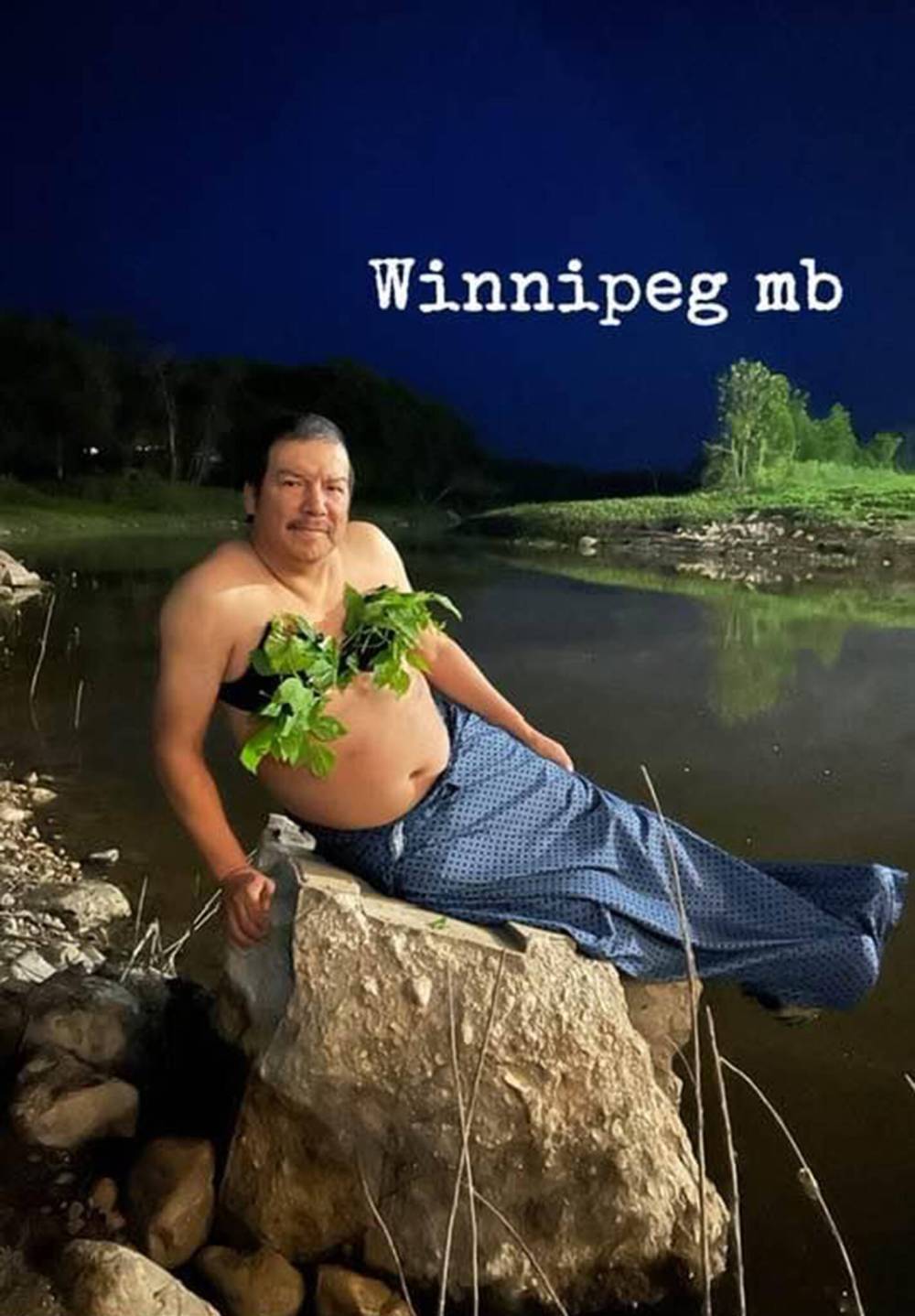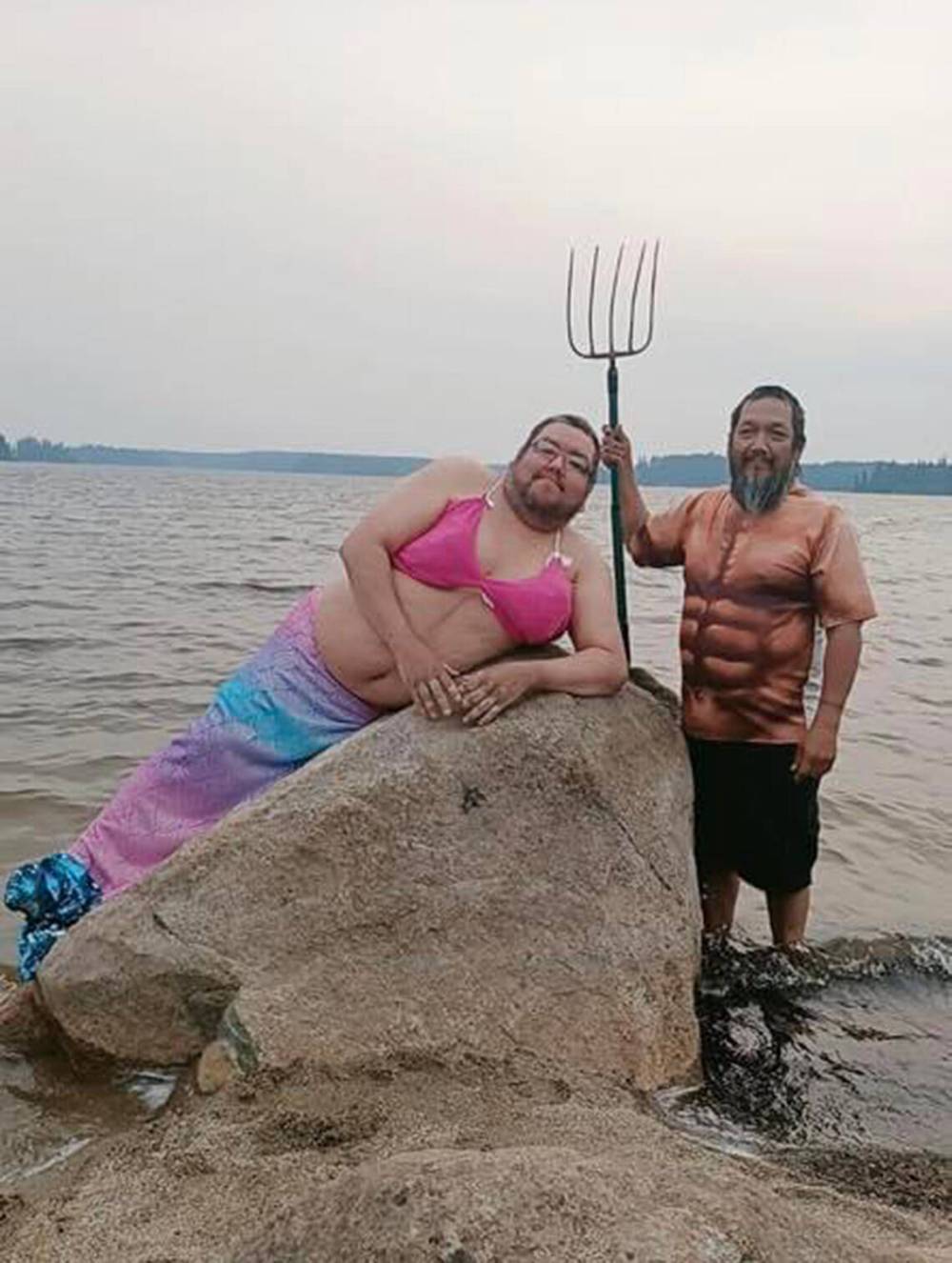Mermen movement makes a splash in Indigenous communities
Read this article for free:
or
Already have an account? Log in here »
To continue reading, please subscribe:
Monthly Digital Subscription
$1 per week for 24 weeks*
- Enjoy unlimited reading on winnipegfreepress.com
- Read the E-Edition, our digital replica newspaper
- Access News Break, our award-winning app
- Play interactive puzzles
*Billed as $4.00 plus GST every four weeks. After 24 weeks, price increases to the regular rate of $19.00 plus GST every four weeks. Offer available to new and qualified returning subscribers only. Cancel any time.
Monthly Digital Subscription
$4.75/week*
- Enjoy unlimited reading on winnipegfreepress.com
- Read the E-Edition, our digital replica newspaper
- Access News Break, our award-winning app
- Play interactive puzzles
*Billed as $19 plus GST every four weeks. Cancel any time.
To continue reading, please subscribe:
Add Free Press access to your Brandon Sun subscription for only an additional
$1 for the first 4 weeks*
*Your next subscription payment will increase by $1.00 and you will be charged $16.99 plus GST for four weeks. After four weeks, your payment will increase to $23.99 plus GST every four weeks.
Read unlimited articles for free today:
or
Already have an account? Log in here »
Hey there, time traveller!
This article was published 13/06/2023 (871 days ago), so information in it may no longer be current.
It all started in Manitoba’s North, with a June 7 social media post in honour of Pride month and the premiere of the Disney live-action version of The Little Mermaid.
“Wish I had a crazy ass friend bro come down the bank with me and pose with my mermaid tail with my red hair and my bikini top,” posted Roanna Ross from Pimicikamak Cree Nation (previously known as Cross Lake First Nation). “But no one’s up for anything.”
Ross decided to do it herself, dressing up in a red wig, black bra and a pink mermaid tail. She then had a friend take a picture of her sunbathing on a rock in Nakow Bay.
She posted the shot on social media — the first-ever photographed Cree mermaid.

Not to be outdone, friends from nearby Norway House Cree Nation responded to Ross’s call and posted their own photos — this time as “mermen.”
Suddenly, Indigenous mermen sightings were everywhere. Wasagamack. Garden Hill. Little Grand Rapids. Berens River. Easterville. Poplar River. Bloodvein. Ebb and Flow. Split Lake.
There’s even a merman in Winnipeg, whose name is Jay Wood. When I contacted him to ask why he did it, Wood credited his girlfriend Tre Flett, who he claimed “persuaded me to do it… to share all the fun and good native humour.”
Wood’s photo of himself decked out in a blue tail and bra adorned with leaves while brandishing a pensive smile suggests he didn’t need much persuading.

I could keep listing off mermen. I lost count after 30. By the time I started researching for this column, the merman movement had spread to Ontario and Saskatchewan.
There’s nothing — I repeat, nothing — like seeing bra-wearing Indigenous men, decked out in rainbows of homemade fishtails, sunbathing on rocks.
Check it out for yourself.
It’s one part hilarious, another life-saving.
Johnny Harper, the merman of St. Theresa Point Anishinabek Nation, posted his own version alongside Aquaman (his relative Whitney Flett, complete with trident).
“Humour is a big part of our resilience and I hope this whole merman thing sends that message,” Harper explained to me via email. “It has allowed us to connect with each other in so many ways and show everyone that living in in an isolated community is not always negative.”

Indigenous communities competing with one another online is a trend that’s been going for a long time. From ice jigging to snowdrift diving to reading the TRC report, communities have been challenging one another by posting social media videos for quite some time.
Social media challenges between First Nations exploded, however, during the COVID-19 pandemic, with musical flash mob challenges among community-run checkstops. The competitive humour, dance and joy were welcome relief during a dark time.
Now is a dark time, too, with northern communities enduring some of their worst disasters in history, from youth suicide epidemics, legacies of intergenerational trauma from residential schools and the impacts from northern flooding and fires.
Part of dealing with these crises, it appears, is mermen.
It’s really no surprise though — merpeople are big parts of Indigenous cultures.
For Anishinaabe, they are one of our clan identities and go by the name Nibiinaabe (Ne-bee-nah-bay) or Nibanaba (Ne-ban-ah-bah), or “water beings.” Being a part of the clan system means they bring knowledge necessary for our laws, governments and societies to exist.
Nibiinaabeg teach us about the relations between things, ideas and in life. They are very difficult to see (in fact, impossible to view fully), showing only glimpses of themselves and what they know. The knowledge of the Nibiinaabeg, therefore, exists in the in-between.
Nibiinaabeg teach that everything is connected, not only through their unique, fused bodies but also through story.
In the great Anishinaabe storyteller Basil Johnston’s 1998 book Mermaids and Medicine Women, for example, Anishinaabeg who are stuck in their ways encounter Nibiinaabeg and, thus, discover new parts of themselves and places they never thought to or could explore (such as under the water).
Nibiinaabeg show Anishinaabeg that life must be lived fully — without shame, fear and constraint. Mermaids and mermen teach us that beauty is found as much in the complicated, the grey areas and the alternative places as anywhere else.
Some might call the teachings of Nibiinaabeg queer, two-spirit or LGBTTQ+, but I just call it Anishinaabeg.
So, perhaps it’s least surprising that in the midst of some very real and terrible crises in Indigenous communities, suddenly dozens of mermaids and mermen emerge.
In these hilarious photos of proud, beautiful and colourful Indigenous bodies are messages of inclusivity, positivity and creativity — building blocks of community.
In a world that increasingly encourages everyone to focus on political and social divisions, it might just be these sightings — showing us the in-between — that will build communities and save lives.
Because that’s what mermaids and mermen do.
niigaan.sinclair@freepress.mb.ca

Niigaan Sinclair is Anishinaabe and is a columnist at the Winnipeg Free Press.
Our newsroom depends on a growing audience of readers to power our journalism. If you are not a paid reader, please consider becoming a subscriber.
Our newsroom depends on its audience of readers to power our journalism. Thank you for your support.
